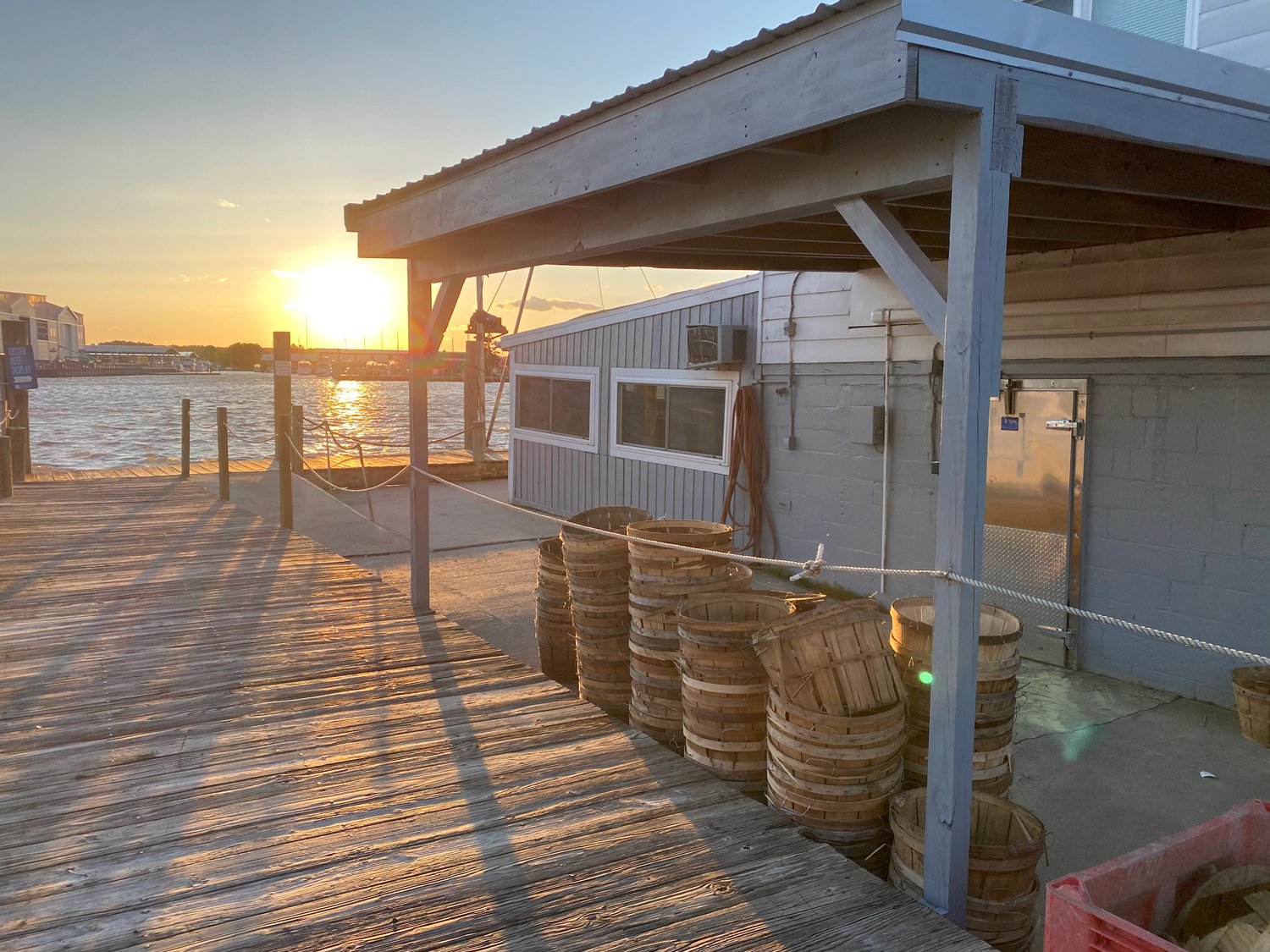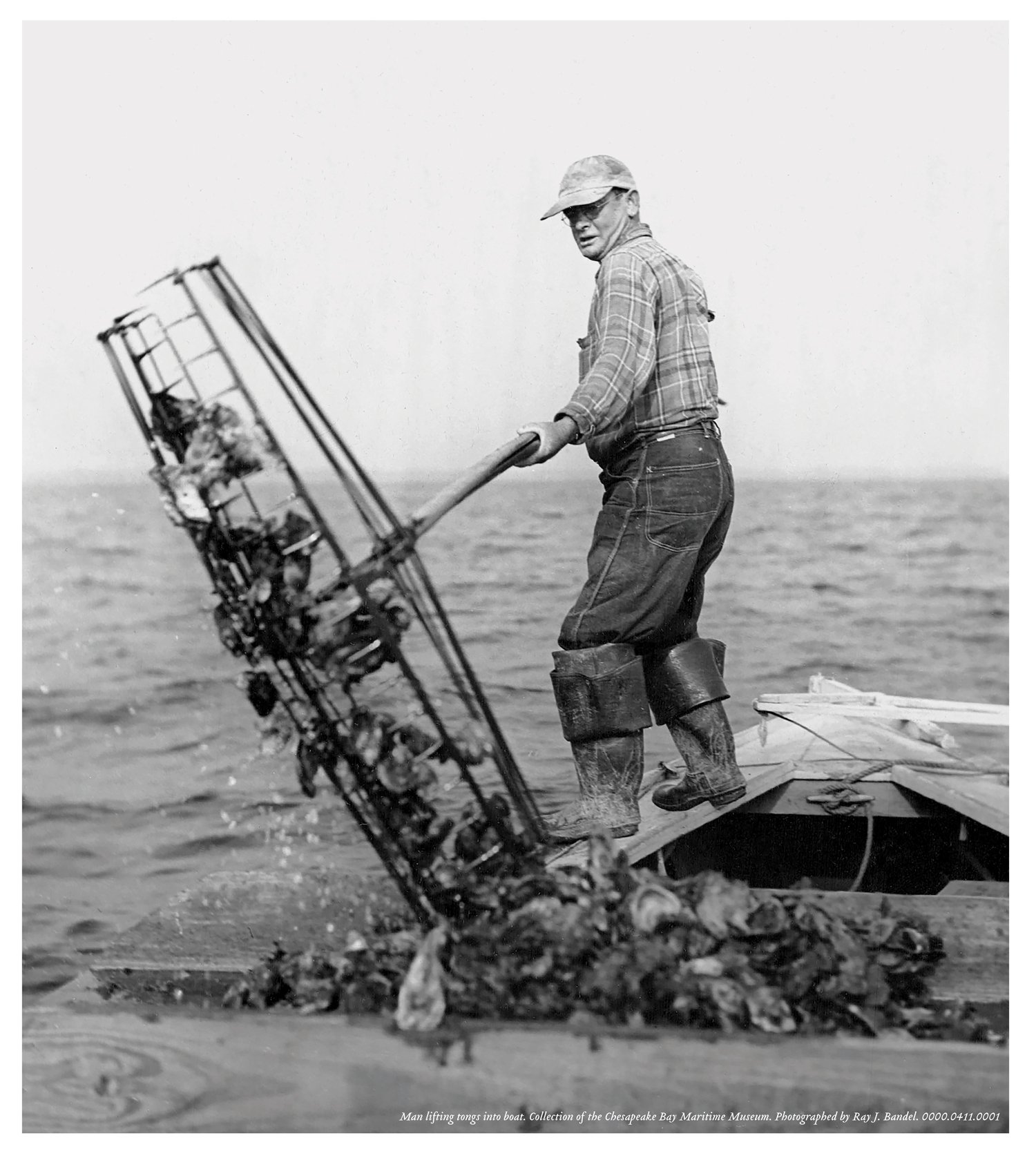
Our History
The Harris Family
Harris Crab House & Seafood Restaurant, Dessert First Coffee + Dessert Bar, and Harris Seafood Co.—the last commercial oyster house in Maryland— are our waterfront family-owned businesses that are distinct but intertwined in their rich history. From our docks, you can see the heart and soul of the seafood industry unfold before your eyes as watermen unload the day’s catch.
The property has transformed over time, but has remained within the care of the Harris family since the original oyster house was established by Capt. Billy Harris.
Billy “Capt. Bill” Harris and his wife Sis bought the oyster house next to his father Holton’s oyster plant in 1947 after returning home from his service in the Army in World War II. From a seasonal operation to a year-round seafood market supply, the Harris family’s entrepreneurial spirit and hard work paved the way for what you visit today.
Capt. Bill opened the family’s first restaurant in 1981 to an eager clientele, serving all local catch. The first restaurant quickly outgrew the space (the water frontage of the current oyster house) and led to the construction of today’s Harris Crab House, built on the site of the original oyster house owned by Holton Harris.
Experience living history along our docks
Work Hard, Play Hard:
The Story of Kent Island
Before the Bay Bridge was built in 1952, Kent Island has long been known as an oasis of relaxation. Travelers from the western shore boarded ferries like the Emma Giles, Dreamland, Smokey Joe, and Westmoreland, shown here, bound for the beaches of the former Love Point Hotel or the Matapeake Ferry Terminal.
Upon arrival, leisure-seekers enjoyed picnics amongst the beautiful land and seascapes, canoeing, crabbing, and fishing. Although much has changed on Kent Island in the last century, these activities have remained a staple of enjoyment for visitors and residents alike.
With a boat and a lot of hard work, watermen have supported families and become their own boss on the water. From the boat to the shucking house, from the steamer to your table, the seafood industry supports the livelihood of countless individuals.
Harris Crab House & Harris Seafood employ an average of 170 members of the community per year, and purchases seafood from over 200 local watermen.
The photo of these ladies enjoying a paddle in the Chester River dates back to 1897, with the Queenstown railroad pier and grain elevator in the background. While you may no longer see people dressed in this particular attire on the water, you’ll spot plenty of folks enjoying life by the bay via kayaks, paddle boards, boats, jet skis, and more.
Featured in the center of the photo is Florence McConnor Rhodes, whose descendants still live in the area today.
Digging for “white gold”—oysters
By the Civil War, the Chesapeake Bay was the country’s prime source of oysters. Demand for this sea delicacy rose as people gained dispensable income, with Maryland filling the need thanks to the B&O Railroad and the invention of canning. By the late 1800’s, over-harvesting by large dredgers and violence on the water heightened the stakes of making a living as a watermen. The time period was coined “The Oyster Wars” and resulted in the formation of the Oyster Navy to protect the livelihoods of small tonging boats.
African American Chesapeake Heritage
Some of the most remarkable tales of African American history originate along the Chesapeake Bay. Maryland’s location along the Mason-Dixon line led to the state’s complex and tumultuous role in the Civil War in regards to slavery. First as a route for the transport of enslaved Africans, the Bay became a navigation tool and escape route during the Underground Railroad utilized by two of the most celebrated abolitionists: Frederick Douglass and Harriet Tubman. Almost 200,000 Black soldiers fought for the Union military as well.
After the war, the oyster industry was booming. The need for labor and low start-up investment made it a promising opportunity for free Black men in search of a new life.
In the early 20th century, waterfront property was less valuable because it was not suitable for farming, so many Black Kent Islanders settled near the water’s edge. Launching boats and dreams, their contributions to the history of the seafood industry are deemed invaluable to this day.










